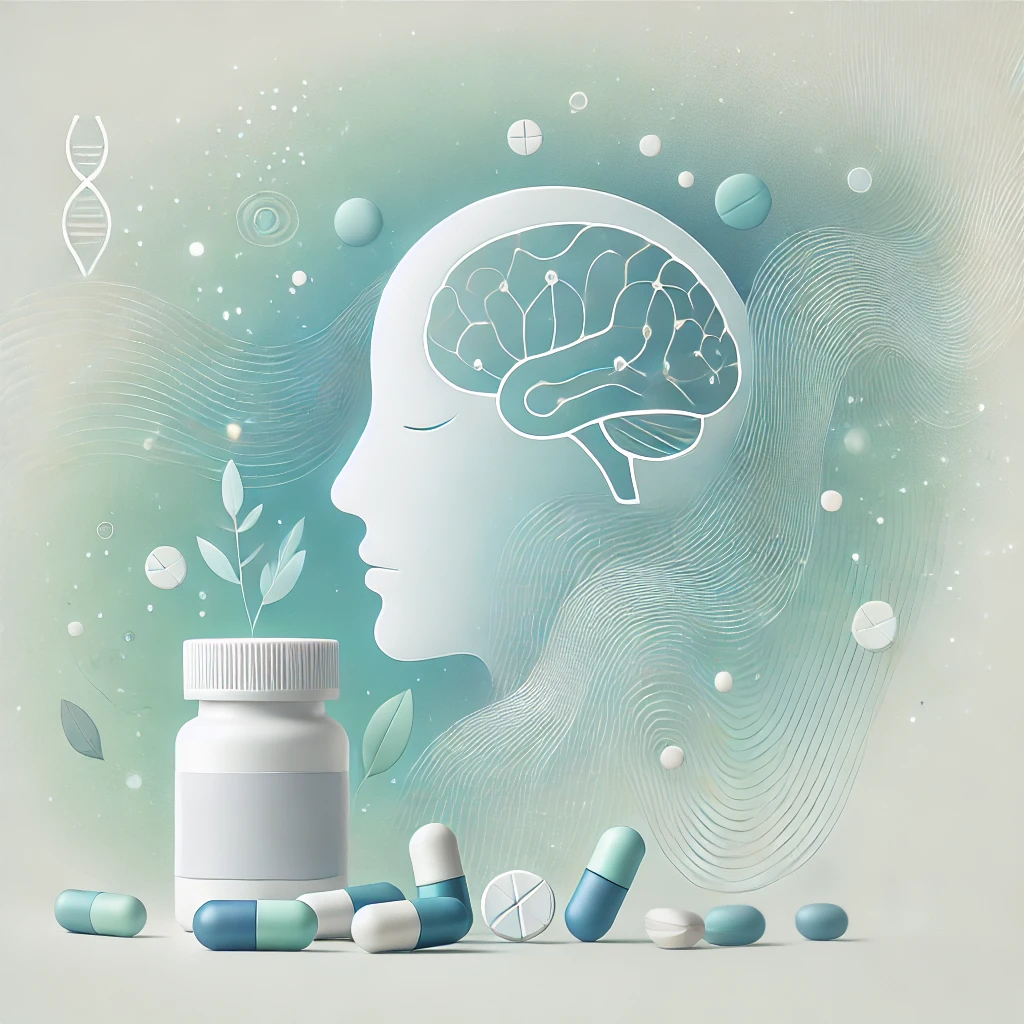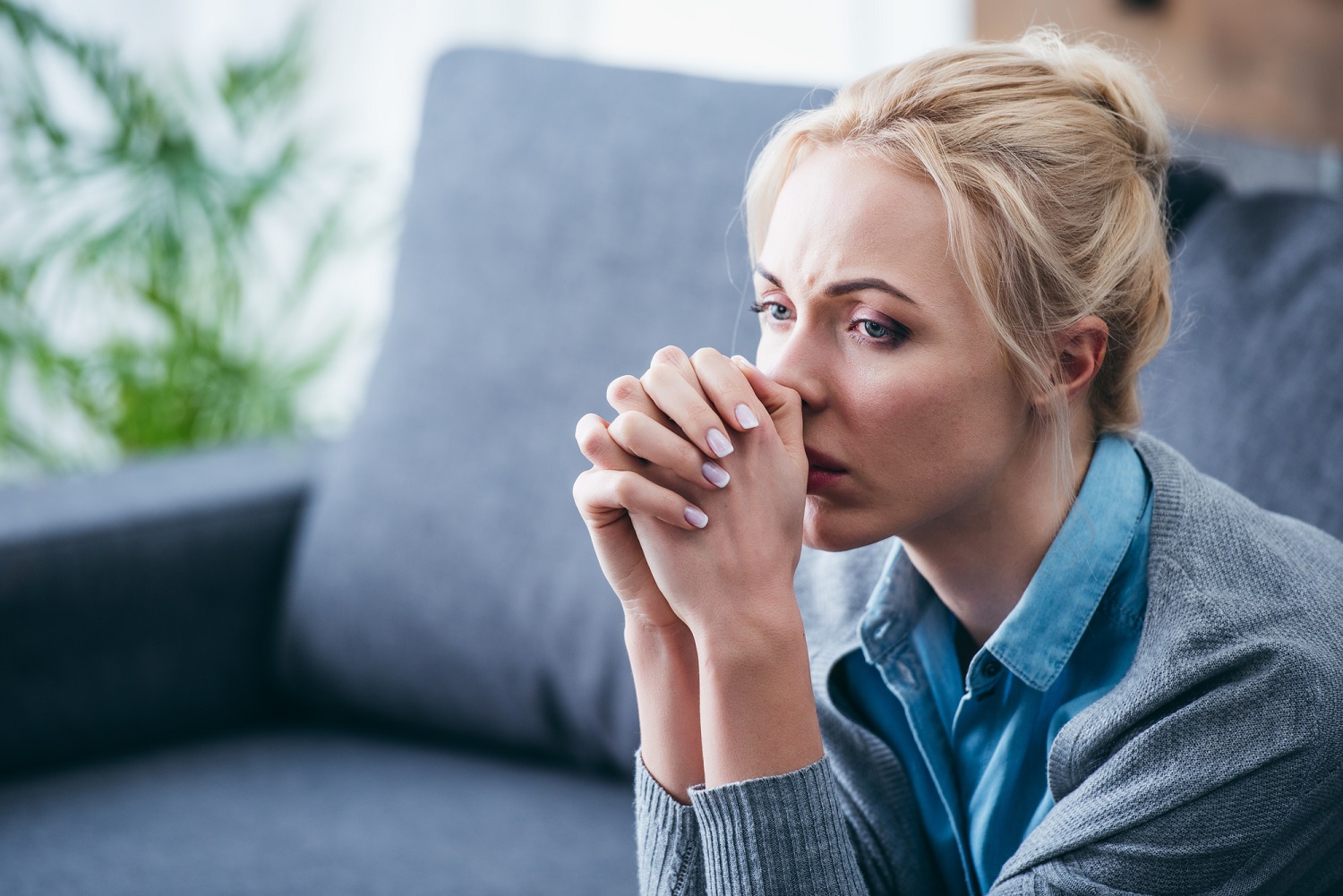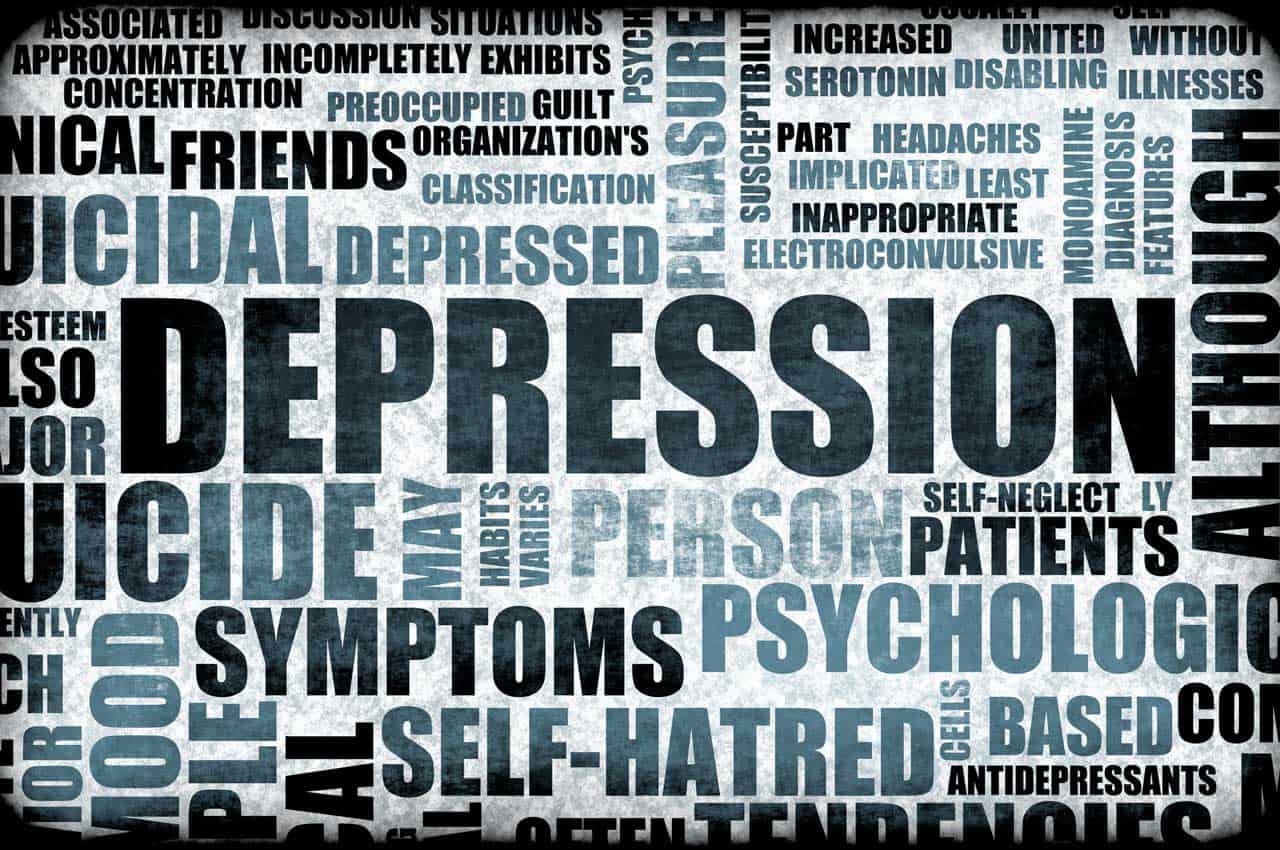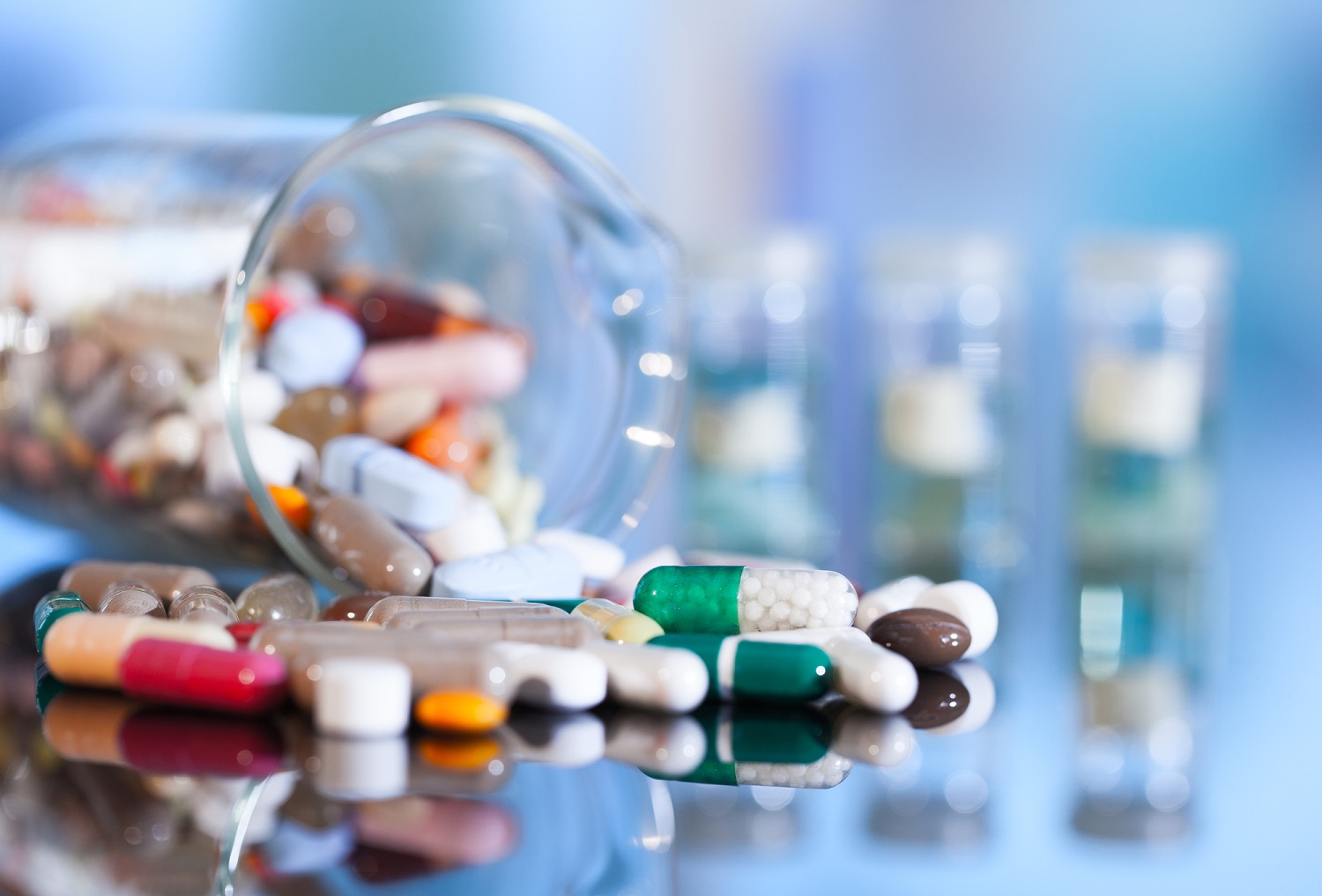Most individuals dealing with major depressive disorder rely on antidepressant medication to aid in symptom relief, allowing them to carry on their daily life. Many people find that antidepressants can make therapy more effective and play an important role in their recovery.
Finding an antidepressant that works can be a difficult task, and oftentimes people have to try multiple different kinds to find one that relieves their symptoms and doesn’t come with debilitating side effects. However, some individuals find no relief even after multiple antidepressants. These cases are known as treatment-resistant depression (TRD), and they’re not as rare as you might think — as many as one-third of major depression cases are unresponsive to standard antidepressant medications.
Researchers are actively learning more about TRD and how patients can better manage their depression. These are some of the most important new findings that shed light on the disorder:
1. Demographics can predict risk for treatment-resistant depression
While we can’t tell exactly who will have depression that is unresponsive to treatment, observational data shows that some demographic populations may be more susceptible than others. Both senior citizens and women show higher rates of TRD, and the causes behind this are thought to be both biological and psychological. Additionally, individuals who experience severe depression or frequently recurring episodes of depression are more likely to be treatment-resistant.
Comorbidities and an individual’s overall health can also affect the likelihood of TRD. Medical illnesses such as chronic pain and thyroid disease can make an individual more vulnerable. Conditions like substance abuse, eating disorders, and sleep disorders are also associated with treatment-resistant depression.
2. We don’t fully understand the biological mechanisms of depression
The specific causes of depression largely remain a mystery in the medical field, but we have some clues as to what contributes to the disorder, and this may explain why antidepressants don’t work for everyone.
The most widely accepted idea is that low levels of neurotransmitters associated with positive feelings, such as norepinephrine and serotonin, can lead to depression. As such, standard antidepressants work to increase levels of these neurotransmitters. However, research over the past few decades suggest that there may be other factors at play, which could explain why antidepressants aren’t a one-size-fits-all treatment.
Because of the development of new neuroimaging techniques in the past 30 years, we’ve been able to develop a much better understanding of what the pathway–or neural circuit–involved in depression looks like. We know now that specific areas are implicated: the left dorsolateral prefrontal cortex (LDLPFC), in particular, is underactive, while the subgenual anterior cingulate cortex (sgACC) is overactive, leading to a dysregulated circuit that cannot be altered without a biological intervention. The sgACC further proliferates this dysfunctional pathway by slowly atrophying the hippocampus, leading to an average of 9% atrophy of the hippocampus compared to non-depressed controls. From a functional network perspective, there are particular networks of the brain that tend to be overactive or underactive. In depression, the Default Mode Network (a network that is only turned “on” when the person is at rest) is aberrantly overactive, and oftentimes cannot be turned off without biological intervention. The Default Mode Network is generally responsible for monitoring internal states, and one who has a brain dominated by this network will be substantially more removed from the external world.
New data suggests that depression may be linked to inflammation within the brain, and linking this idea with the above dysfunction is called the “Neurotrophic Model of Depression.” There has also been more research into the role of glutamate production and regulation. These potential mechanisms of action are giving researchers insight into new treatment options and understanding how depression works. The treatments that are recommended in the third part of this article contains recommendations that have been scientifically shown to reduce inflammation in the brain. TMS and ketamine therapies both reduce inflammatory cytokines in the brain, which are key markers for inflammation. TMS in particular has been shown to increase Brain Derived Neurotrophic Factor (BDNF), a marker that is negatively correlated with inflammation and positively correlated with learning and neuroplasticity.
3. There are multiple treatment and management options for individuals with treatment-resistant depression
While the name implies that individuals with TRD are out of options, this is far from the truth. There are many tools available to patients with TRD and ways to optimize treatment for the individual.
People with TRD typically benefit from treatment on a more holistic approach; one that considers the specific goals, needs, and challenges of the individual rather than the diagnosis. Effective treatment strategies include adjusting treatment timelines and combinations to optimize for the individual. There are also a number of treatment options available outside of antidepressant medications, including ketamine therapy and transcranial magnetic stimulation.
Ketamine treatment functions differently from standard antidepressants; its main mechanism of action is related to glutamate NMDA receptors, and it also may play a role in reducing brain inflammation. There are multiple forms of ketamine, the two most popular being intravenous infusions and an esketamine nasal spray, which is FDA-approved under the name Spravato. Research shows over half of patients respond to ketamine treatment after a single infusion.
Transcranial magnetic stimulation, or TMS, is a somatic, or non-drug, therapy that involves sending magnetic pulses into the brain in order to stimulate neural activity. The treatment targets the region of the brain involved in depression and mood regulation. TMS also shows high efficacy rates and individuals can experience lasting relief after a full TMS treatment course.
At Bespoke Treatment, we work with each patient to create a personalized treatment plan that may include a variety of therapies and treatment options best suited to the individual. If you or a loved one is struggling with treatment-resistant depression, schedule a consultation today.


























